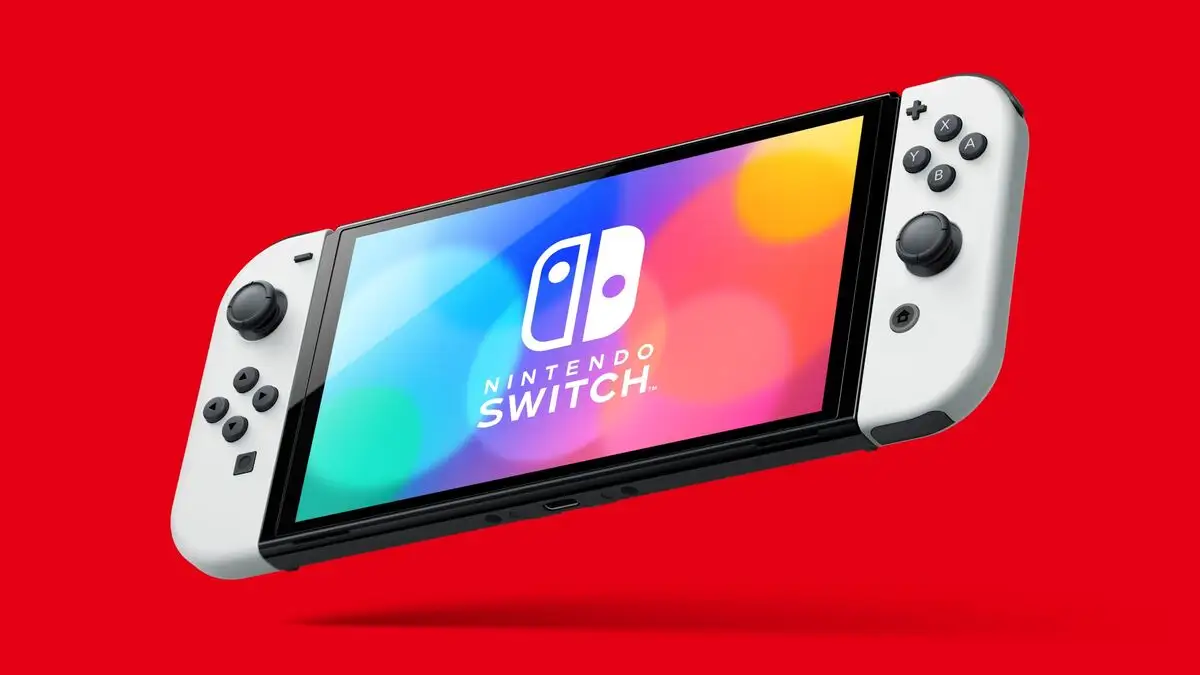Nintendo’s recent announcement has left the people in shock. The Japanese video game company will increase the price on every version of the Nintendo Switch, OLED to Lite. The price increase will extend to controllers, digital and physical games, accessories, and even memberships.
Rising Costs Across the Board
Even though Canada is the first to see this hike, history shows that it will spread. In the past, when price changes happen in one area, they are sure to show up in many other areas, especially the US and Europe. Nintendo will be sharing more details about how extensive these price hikes will be in the future, as the justification was that “market conditions have changed.”
Many people are unhappy that digital games and memberships were part of the bigger price hike. These are not physical products that are shipped that have a certain manufacturing concern so it leads you to wonder why they are choosing to do this.
The End of Affordable Gaming?
In earlier generations, both consoles and games used to get cheaper with time. Nintendo was providing lots of discounts for titles and getting more people into their ecosystem. Classic games would regularly be released at budget prices to entice people to try them out before the sequel’s release.
Discounted games, like those in the Nintendo Selects range, helped to attract younger or poorer gamers. By making their products easy to obtain, this broadened the fanbase and created hype for future hardware and software releases. The low prices have helped Nintendo create the consumer loyalty that has marked the company for decades.
Corporate Strategy or Consumer Setback?
The timing of the price hike—which has the company preparing for the launch of Switch 2—has left many skeptics. With more people buying accessories compatible with both generations, the company will benefit from higher margins on older hardware. It’s a huge change in the industry, where outgoing consoles get great discounts to pave way for newer models.
As seen in the case of Sony in the past, we see that upon the launch of new hardware, the company drastically cuts the prices on older systems to clear its stock and welcome new customers. In comparison, Nintendo’s approach today may shun loyal and potential new users.
Tariffs and Other Explanations
Some speculate these increases could be due to tariffs or changing trade policies. Many sceptics still believe so, given that Nintendo’s hardware has always made a profit. There are doubts external factors alone justify the decision, especially with digital products now having a price increase as well.
The Bigger Picture for the Gaming Community
In the end, this strategy can lower the number of Nintendo players and lessen hype for future releases. Cheap games and hardware have helped people try out new franchises and become fans for life. As prices become higher, it makes it harder for consumers who are untouched by the magic of Nintendo.
As a child, or when money was tight, many gamers would remember how discounted consoles and games opened doors for them. A parent looking for an inexpensive entry in the market today may, unfortunately, only find last-generation models with a hefty price tag.
Nintendo’s move shows profit maximization has become bigger than community expansion in the gaming world. As players ponder their next steps, all eyes will be on the company to determine its next move that will hopefully embody the excitement and accessibility the brand once had.

